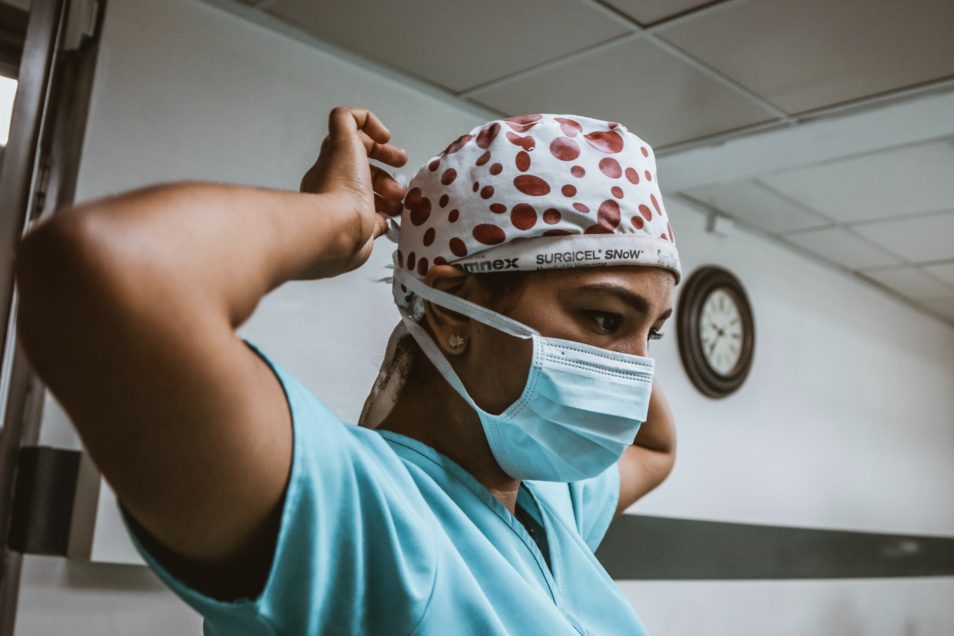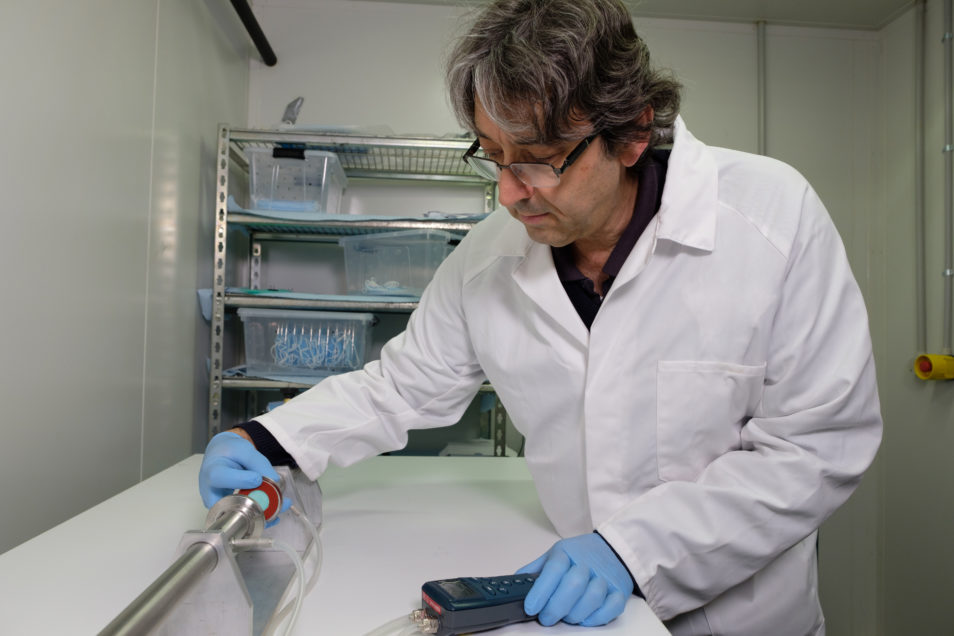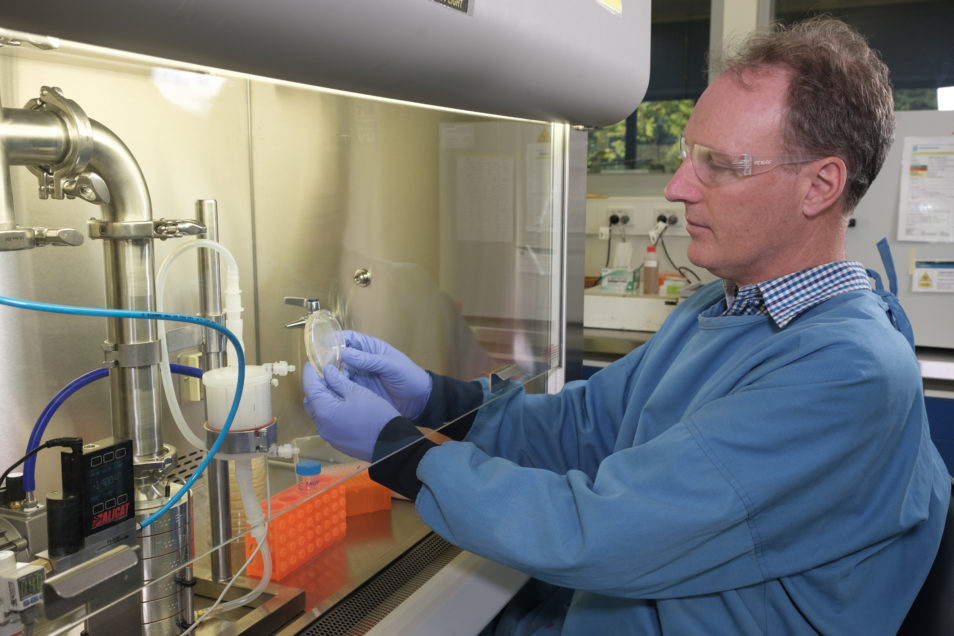Global S&T Development Trend Analysis Platform of Resources and Environment
| Unmasking Australia’s first surgical face mask testing facility | |
| admin | |
| 2020-08-06 | |
| 发布年 | 2020 |
| 语种 | 英语 |
| 国家 | 澳大利亚 |
| 领域 | 地球科学 |
| 正文(英文) |  Our new facility is ready for face mask testing to ensure Aussie-made masks are up to standard. The humble face mask has become an iconic tool in the global response to the COVID-19 pandemic. Around the world, this critical piece of personal protection equipment (PPE) is helping in the fight against the virus. Although they may look like a simple apparatus, face masks require significant engineering. This level of engineering is essential to ensure safe, effective and fit-for-purpose use. So, when it comes to face masks, how do we know they are actually doing what they say they are? Behind the mask: types of PPE masksThere are many types of masks, here’s a quick breakdown:
Most masks available to the public do not undergo standard testing. But a mask used as a medical device requires testing and registration in the ARTG. Face mask testing: then and nowPPE for medical staff must be tested and then registered in the Australian Register for Therapeutic Goods (ARTG). Previously, the only way of testing face masks or face mask materials was to send them overseas. This process was time-consuming and expensive. But, in the same way that COVID-19 has driven innovation in other industries, it’s also driven a significant improvement in the way we ensure the safety of PPE in Australia. Australia’s first face mask testing facilityWe have opened Australia’s first accredited face mask testing facility for single-use surgical face masks. The facility will assist manufacturers in fast-tracking the supply of masks for hospital staff. Located in Clayton, Victoria, the facility has accreditation from the National Association of Testing Authorities (NATA). It will allow local manufacturers to quickly and effectively test surgical face masks. Putting masks to the testWe have developed three key tests for single-use surgical face masks. Basically we’re testing to ensure they meet the standards for breathability, blood penetration and bacterial filtration. Pressure Differential (Pressure drop test)The Differential Pressure test measures the differential pressure of air on either side of the test material. This test determines whether the wearer will be able to breathe comfortably while wearing it.  Breathability testing by measuring the differential pressure across a mask. Synthetic Blood PenetrationThe Synthetic Blood Penetration Test determines how well a mask can act as a barrier against blood-borne pathogens. We spray a volume of synthetic blood at the centre of the mask at high velocity. This measures the mask’s ability to stop blood getting through the mask.  Testing masks for resistance to synthetic blood penetration. Bacterial Filtration Efficiency (BFE)We conduct BFE testing on face masks made to provide protection against biological aerosols. This test determines whether biological organisms can penetrate the filtration fabric used in a mask.  Testing the performance of masks by measuring their ability to filter a microbiological aerosol. Additional screening, or “proxy tests”In addition to the accredited tests conducted at our new testing facility in Clayton, we also conduct “proxy” screening tests at our Geelong and Clayton laboratories. These indicative tests are specifically for research and development purposes. In short, we’re helping Aussie manufacturers to improve their products and processes. Particle Filtration EfficiencyThe particle removal test involves passing an air stream containing extremely fine particles, called aerosol, through the mask material. The test determines the material’s ability to act as a particle barrier while letting clean air pass through. Some tests use a very fine liquid spray instead of solid particles. Dust LoadingThis test determines the product’s capacity to collect particles before the creation of a particle blockage that impacts breathing resistance. This test can also measure the amount of electrostatic charge within inside the filter material. Pore Size MeasurementAnother method to identify filterable particle sizes is to measure the pore size distribution in a material. We do this by wetting a porous material with a suitable liquid to fill all the pore spaces and then measuring the pressure necessary to expel this liquid. This measurement can help manufacturers fine-tune their materials for filtration of particles. The future of face masksOur Clayton testing facility is now fully operational and currently testing masks and mask materials. Visit our website for more information on the facility and booking our testing service. |
| URL | 查看原文 |
| 来源平台 | Commonwealth Scientific and Industrial Research Organisation |
| 文献类型 | 新闻 |
| 条目标识符 | http://119.78.100.173/C666/handle/2XK7JSWQ/286237 |
| 专题 | 地球科学 |
| 推荐引用方式 GB/T 7714 | admin. Unmasking Australia’s first surgical face mask testing facility. 2020. |
| 条目包含的文件 | 条目无相关文件。 | |||||
| 个性服务 |
| 推荐该条目 |
| 保存到收藏夹 |
| 查看访问统计 |
| 导出为Endnote文件 |
| 谷歌学术 |
| 谷歌学术中相似的文章 |
| [admin]的文章 |
| 百度学术 |
| 百度学术中相似的文章 |
| [admin]的文章 |
| 必应学术 |
| 必应学术中相似的文章 |
| [admin]的文章 |
| 相关权益政策 |
| 暂无数据 |
| 收藏/分享 |
除非特别说明,本系统中所有内容都受版权保护,并保留所有权利。
修改评论